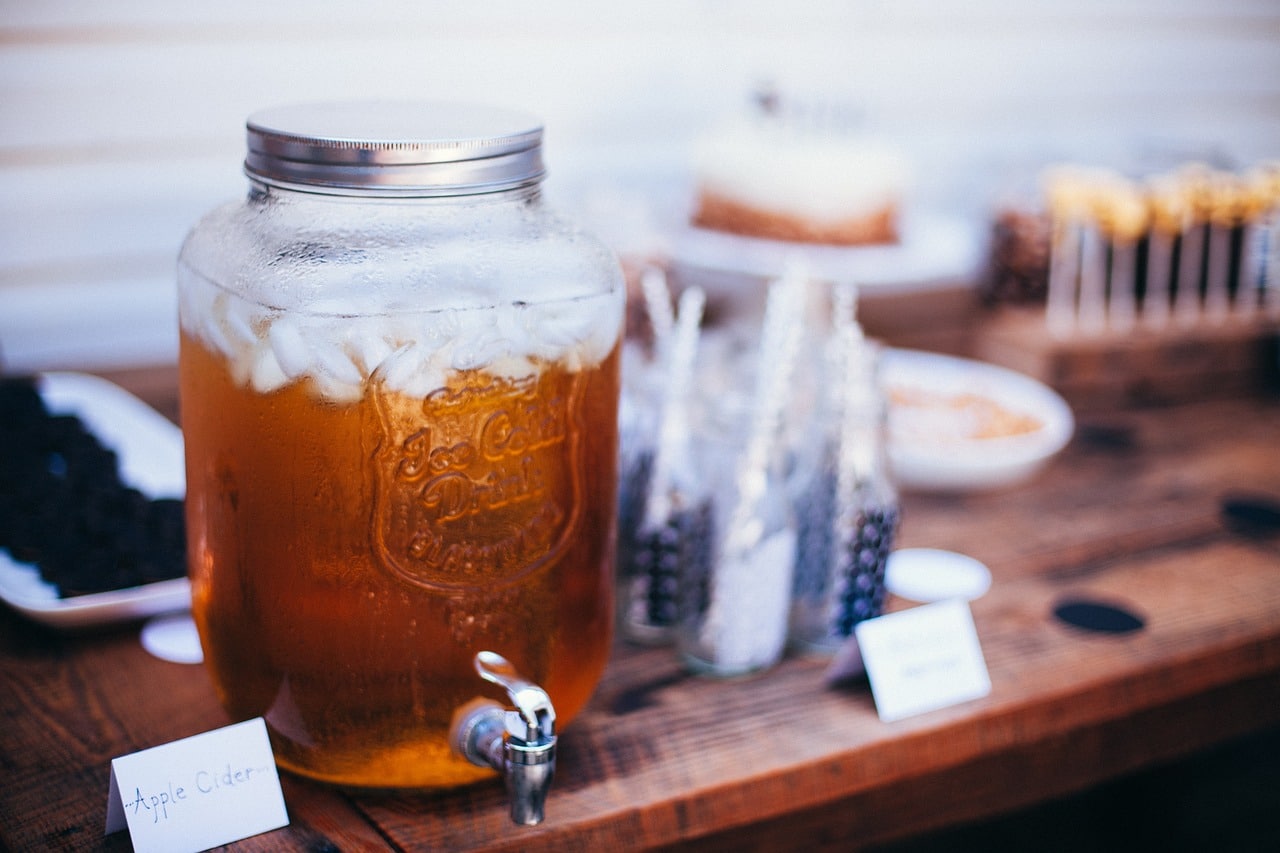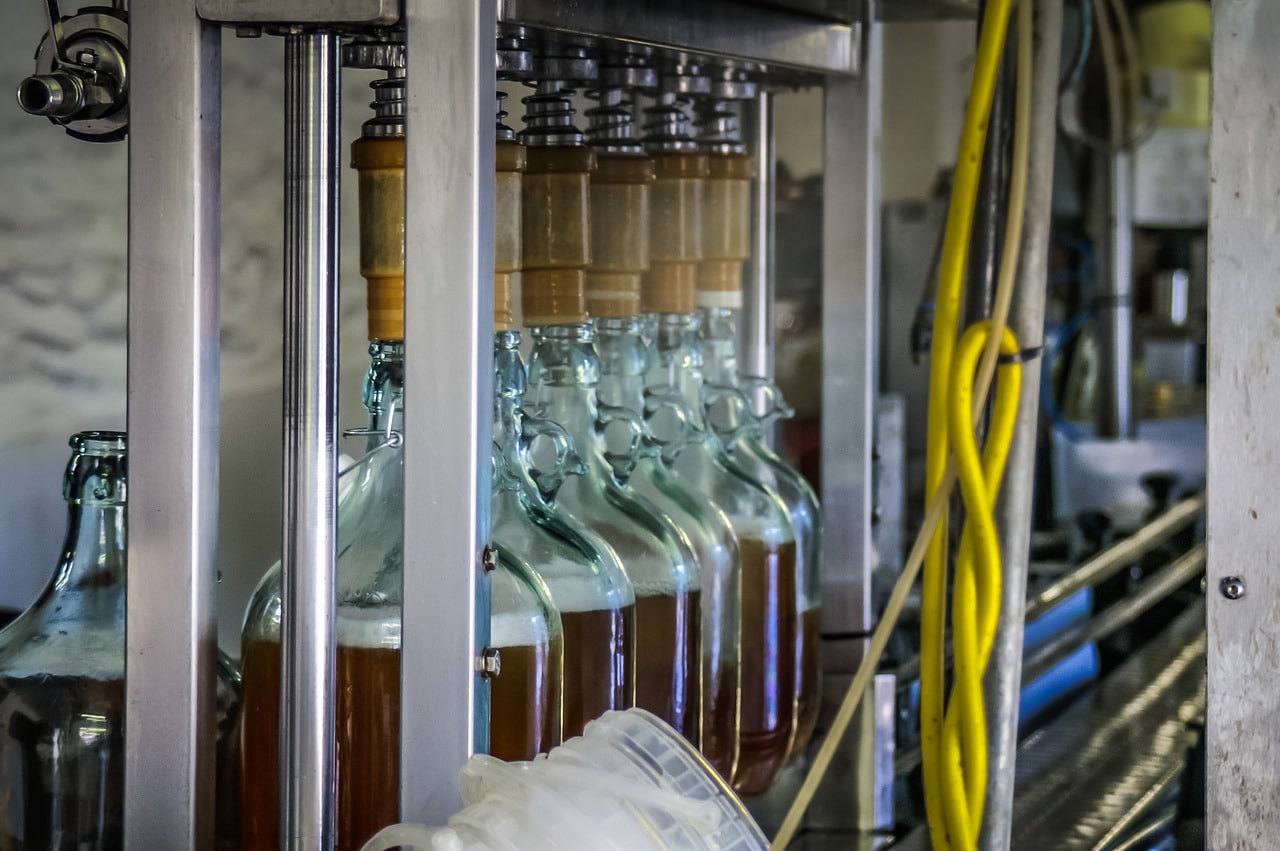
Thanks to pouring, the aromatic precursors volatilize.
Escanciar refers to the act of serving cider, wine or another drink , according to the dictionary of the Royal Spanish Academy (RAE). However, the concept is usually used specifically with reference to throwing or pouring the drink from a certain height .
The etymology of escanciar takes us to the Gothic word skankjan , which can be translated as "serve drink" . This term, in turn, is linked to the German schenken .
Effects of pouring cider
When pouring, the aromatic precursors are volatilized. The bubbles generated drag the aroma and favor its arrival to the nose. Due to this particularity, it is suggested to pour the cider into a wide glass and drink it in one gulp.
The pouring action also allows the organoleptic properties of the cider to be highlighted. When the liquid falls several centimeters and hits the glass, the carbon dioxide stirs and this emulsion makes the aroma stand out . Therefore, specialists recommend pouring the cider and drinking it immediately before the effect is lost.
Poured in Asturias
In Asturias , pouring is considered an art and there are even competitions to reward those who demonstrate the greatest skill when applying the technique . One of the keys when pouring is that the cider hits the edge of the glass and then the glass is brought closer to the stream, and not the other way around.
The content that is deposited in the glass after pouring the cider is known as culín . Each bottle should serve between five and six culines, according to Asturian cider experts.
Organoleptic properties
Organoleptic properties are the descriptions of the physical aspects of matter, according to the way in which we can perceive them through our senses. The most common are texture, color, smell, temperature, sound and taste . Although its study is applied to different areas, including the construction of buildings, in this case we will focus on food. Note that it is especially applied in any scientific branch in which it is normal to begin with an evaluation of the subject without using measurement tools.
Analyzing a food at a laboratory level begins with the study of its organoleptic properties, even before moving on to observing issues such as its energy and nutritional contributions, among other chemical and physical aspects. On a daily basis, even people outside the world of science can take advantage of some of these characteristics to know if a food is in good condition : we smell it, we pay attention to its color or its consistency, for example, to know if has decomposed.
pourer
A pourer is the person who carries out the action of pouring the cider or the device that is used to do so. The latter can be electrical or mechanical and made of materials as different as plastic, brass, porcelain or wood, among others.

There are electric and mechanical pourers.
The electric pourer gives us the possibility of pouring the cider automatically. It consists of a base on which the glass is placed and a pump that absorbs the liquid . The system is powered by the use of rechargeable batteries and offers the user a button to start the process.
The mechanical pourer is manually operated, so the user has to constantly manipulate it from start to finish to pump the liquid from the bottle. Almost all of the most used models of this type of pourer are fixed to the wall and are made of wood. You can also use a pouring cap , which serves to regulate the direction and flow of the liquid.
